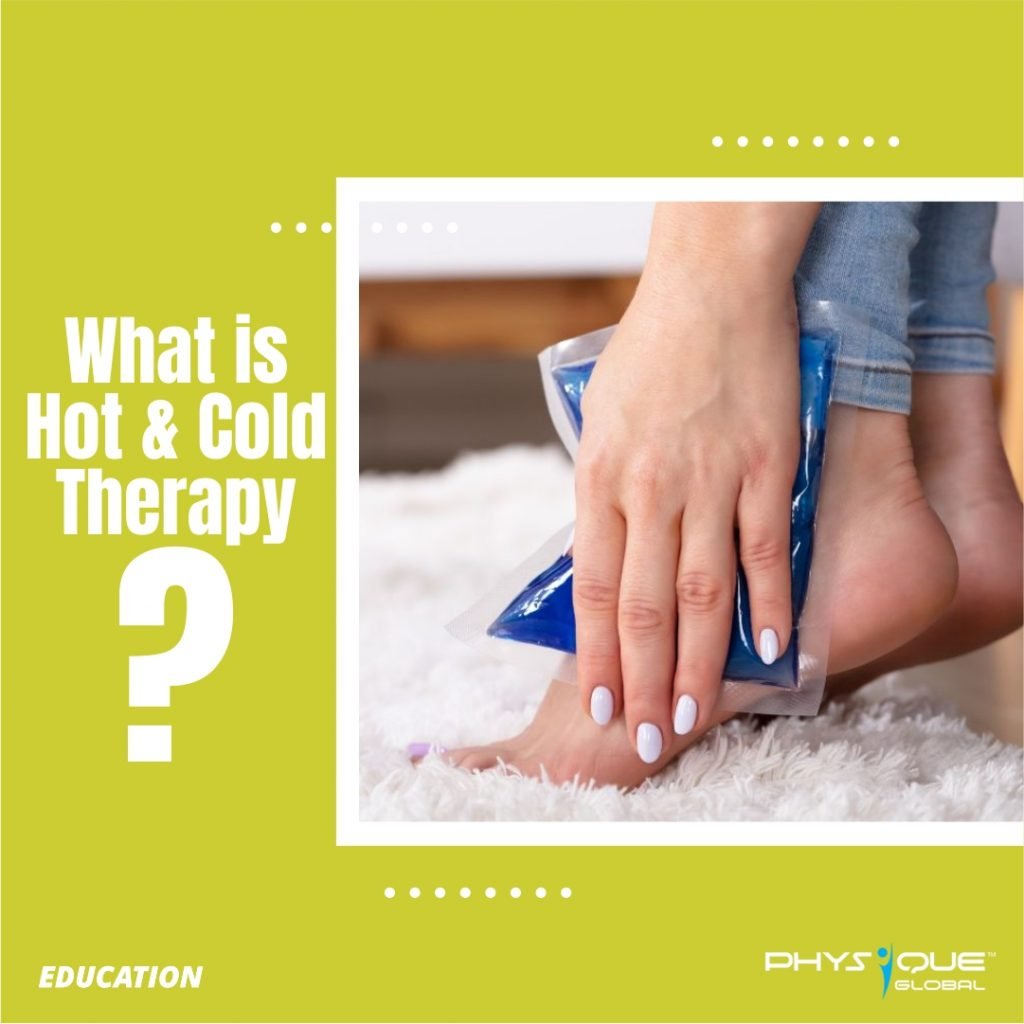The age-old Hot and cold therapy is now making a comeback. Biohackers, physiotherapists, and chiropractors. all around the world are making this therapy popular once again and for all the good reasons. This technique is one of the best ways to treat muscle injuries and get rid of pain and inflammation in the human body.
Before we dive in to the hot and cold combination therapy let’s first take a look at these therapies and their individual effects.
Hot Therapy:
Hot therapy or Thermotherapy is performed by using various techniques such as hot cloth, whirlpool baths, heating pad, ultrasound, and hot water bottle, heat baths, etc. Instead of applying directly to your skin, it is advised to use a thin towel during heat therapy.
The basic function of hot therapy is to increase the blood flow or circulation with the mechanism of opening of blood vessels.
Heat therapy is very useful for treating musculoskeletal injury, caused mostly by sports-related activities. Heat baths or heat therapy should not be applied on open wounds or stitches.
Cold Therapy:
Cold therapy also known as cryotherapy is performed by applying an ice pack or taking an ice bath.
Cold therapy is just the opposite of the heat therapy, it cools the surface of the skin as well as underlying tissue and causes the compression of the blood vessels. This reduces the flow of blood to the injury site thus lowering swelling.
Cold therapy is used by medical professionals to treat serious injuries of the musculoskeletal systems. It is aiming at reducing inflammation, pain, muscle spasms, inflammation, and metabolic rate.
Combination Therapy:
Heat and Ice can be used together in an alternating pattern to create a “pumping” action in the circulation system. By restricting circulation to reduce swelling and then increasing circulation to the area thereby contracting and expanding the muscle.
In simple words, when you provide heat to the affected area, the blood vessels open up due to the expansion effect of heat and allow a sufficient supply of oxygen and blood to the affected area, helping it heal quicker. Now when we use an ice pack immediately after, the blood vessels compress and the ‘on’ and ‘off’ effect of hot and cold therapy pumps up the blood flow to the heart, causing the oxygenated blood to return much quicker to the affected area, helping it heal faster.
Final words:
With the help of alternating Hot/Cold Therapy, you can relieve pain, help heal an injury, and recover faster.
Another popular hot and cold therapy is the total body immersion therapy which involves soaking in an ice bath or cold water and then switching to a hot water tub.
However, these types of therapies can be tiring, dehydrating, and even dangerous, particularly if you are an older adult or have pre-existing health conditions such as heart disease.
It is strongly recommended to consult your doctor or a professional health coach before trying out such extreme therapies.
In order to reap all the benefits of hot and cold combination therapy, you need to be consistent and patient and let the therapy heal you.

